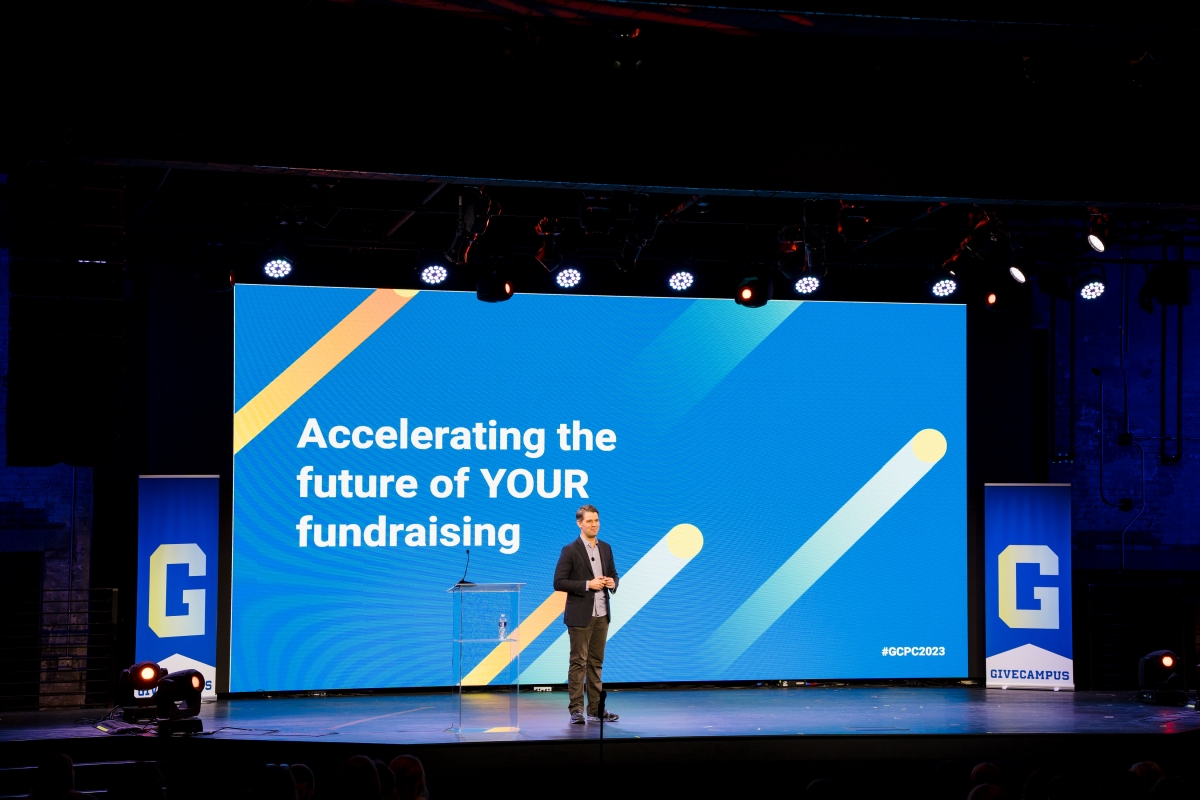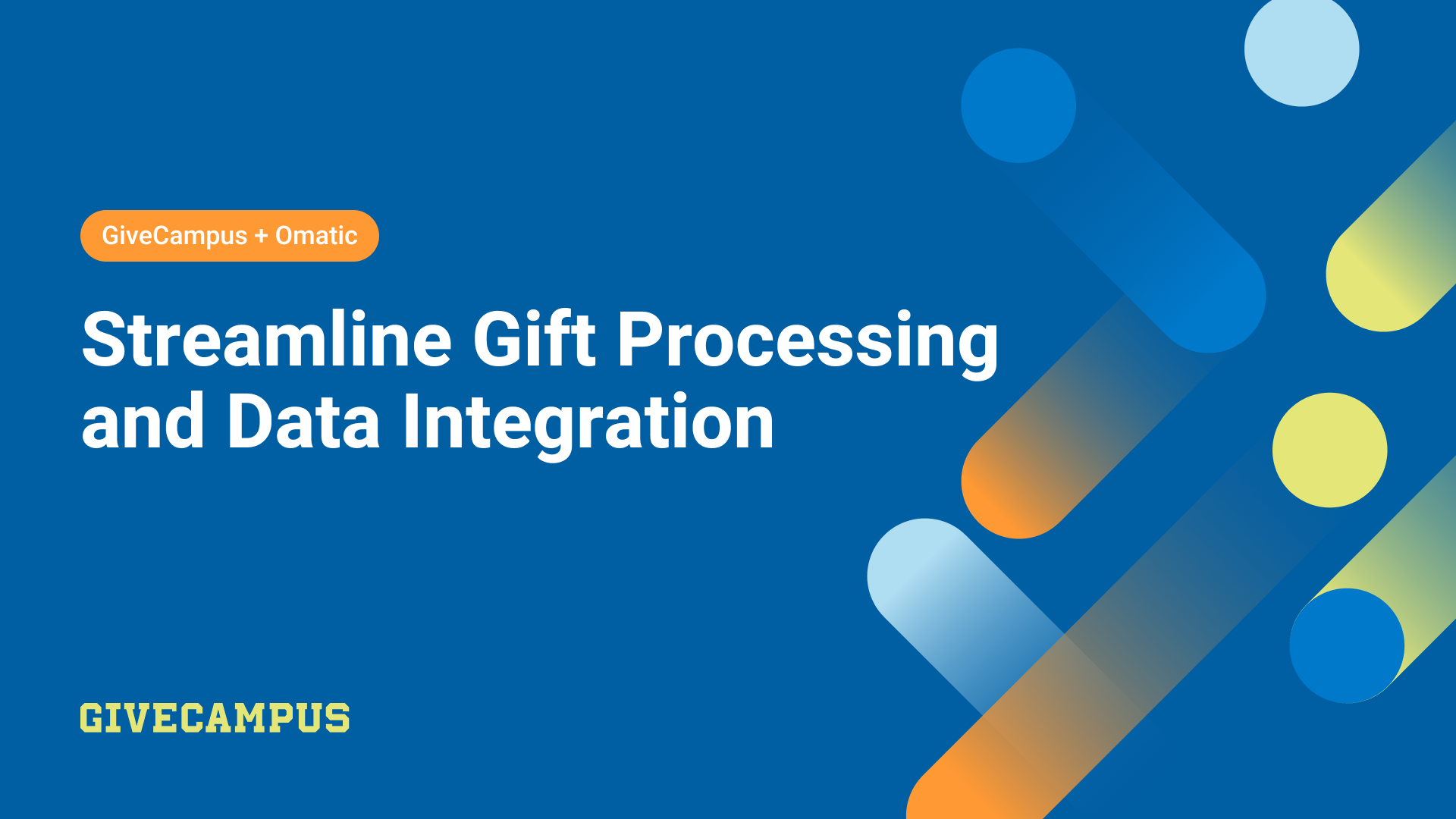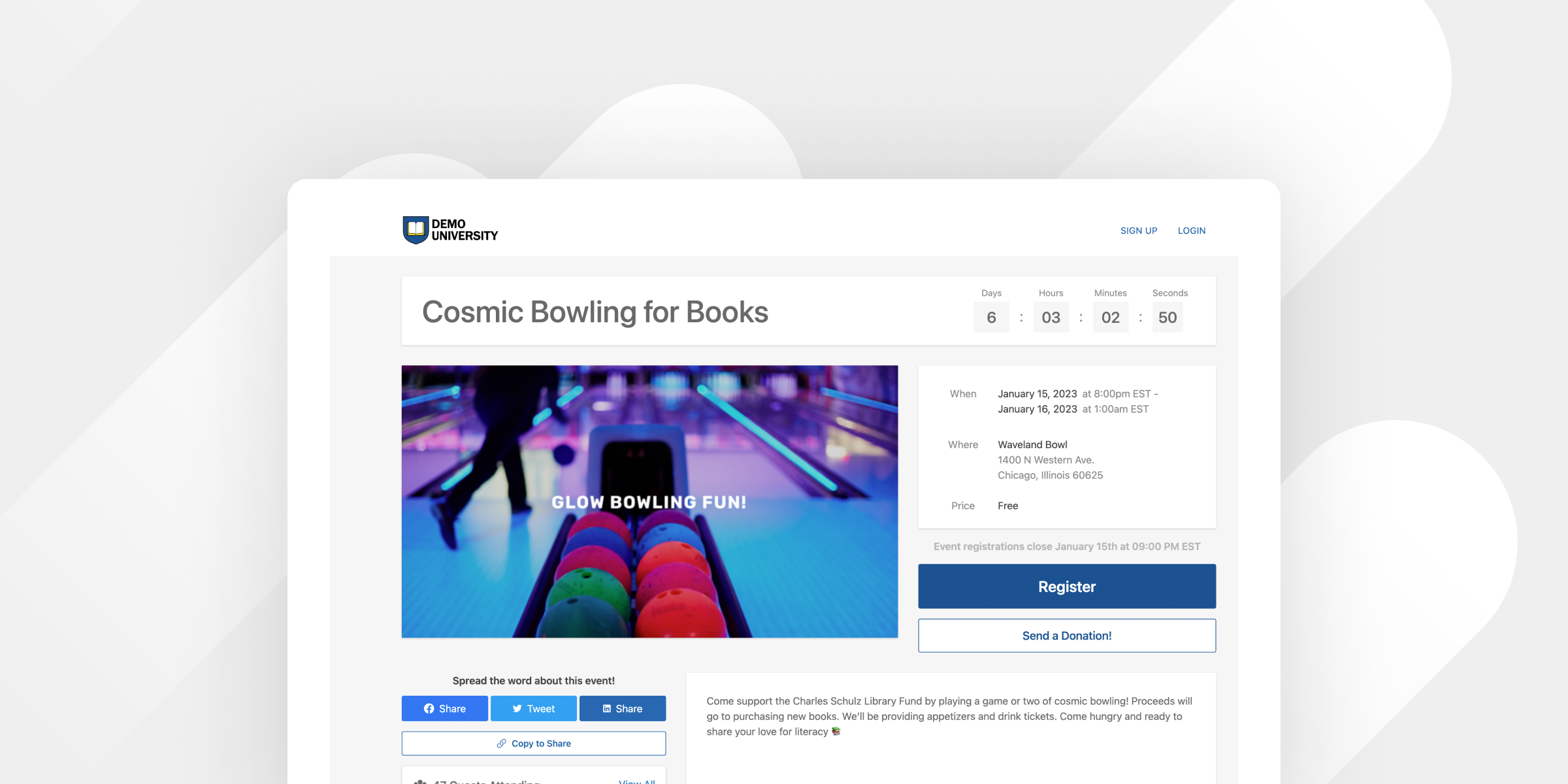By Kestrel Linder of GiveCampus and ChatGPT of OpenAI
Artificial intelligence (AI) has been a part of our daily lives for years. Amazon’s Alexa, Apple’s Face ID, Netflix’s movie recommendations, and Gmail’s spam filter all use AI to–at least in theory–make our lives easier and better.
In recent months, AI has captured the attention of fundraisers everywhere. At the GiveCampus Partners Conference (GCPC) in January 2023, a session on AI drew a standing-room-only crowd. Blog posts, news articles, and webinars about AI are proliferating. And in the last few weeks, hundreds of gift officers have lined up to start using Contact Reports AI to streamline their day-to-day work.
Why the sudden acceleration of interest in AI? When OpenAI’s ChatGPT burst onto the scene late last year (attracting 100 million users in just two months), it introduced the masses to a type of AI known as generative AI, which can generate new content and data. Among its many diverse applications, generative AI can create realistic images from scratch, transform one image to match the style of another, compose new pieces of music, generate molecular structures for potential new drugs, and produce coherent and contextually relevant sentences and paragraphs. (In fact, generative AI helped draft and revise portions of this blog post.)
As fundraisers have been exposed to the power of AI, they’ve rightfully started asking: how can we, and how should we, use this technology in our work? We’ve been exploring these questions for a long time at GiveCampus, and here’s what we think:
- First, as with any technology, we believe that AI should be leveraged to bring more humanity to fundraising–not less. Philanthropy is all about humans; fundraising must therefore remain a fundamentally human endeavor.
- Second, we must respect the awesome power of AI and recognize that few people truly understand it–much less its long-term implications. As we begin leveraging AI, we should proceed with open and inquisitive minds but also with caution and humility: we don’t yet know what we don’t know.
- Third, the security and confidentiality of people’s data is of paramount importance. We need to deeply understand and be transparent about the ways in which AI-powered solutions will use this data, lest we lose trust or fall prey to unintended consequences.
By integrating AI into the GiveCampus platform, we’re aiming to enable fundraisers to spend less time on administrative tasks and more time engaging with donors in authentic, personalized ways.Kestrel Linder GiveCampus
GiveCampus is already using AI (including machine learning, generative AI, and natural language processing) to help fundraisers simplify workflows and improve productivity, and the next wave of GiveCampus solutions will offer even more AI-powered capabilities. By integrating AI into the GiveCampus platform, we’re aiming to enable fundraisers to spend less time on administrative tasks and more time engaging with donors in authentic, personalized ways.
With Contact Reports AI, for example, a gift officer can instantly transform their raw notes from a donor meeting into a polished contact report, a list of next steps and action items, and the first draft of a follow-up message to the donor. This means less time writing and structuring a contact report and more time refining and personalizing the follow-up message based on a deep and nuanced understanding of the donor and their philanthropic passions. In other words: More humanity, not less.
This means less time writing and structuring a contact report and more time refining and personalizing the follow-up message based on a deep and nuanced understanding of the donor and their philanthropic passions. In other words: More humanity, not less.Kestrel Linder GiveCampus
While we’re excited to get more of this cutting-edge technology into your hands, we’re also focused on the responsibility that comes with it. We must harness AI’s potential in an ethical manner and without compromising our values or the trust of those we serve.
At GiveCampus, this includes prioritizing transparency and data security. For example, we clearly identify products and features that leverage AI. In some cases, our platform highlights for a user when they are about to use an AI-powered feature; in others, the user must take an affirmative action (e.g., checking a box) before using the feature. Our aim is to let the user control whether and when to leverage AI. We’re also developing settings that can be applied to all users from a particular educational institution, so institutions can govern when and how their staff leverage AI and ensure compliance with institutional policies. Finally, we’re prioritizing confidentiality, privacy, and data security in how we integrate with third-party AI technologies: for example, our integration with OpenAI prohibits OpenAI from using data from GiveCampus users to train OpenAI’s AI models.
If used correctly, AI can help propel the educational fundraising industry forward. But getting this right will require continued curiosity and robust engagement across the educational fundraising community and with AI experts and data ethicists. If you’re interested in being a part of this conversation, have feedback on the views and approaches we’ve shared in this post, or would like to take a deeper dive into how we’re leveraging AI within the GiveCampus platform, please reach out to [email protected].



